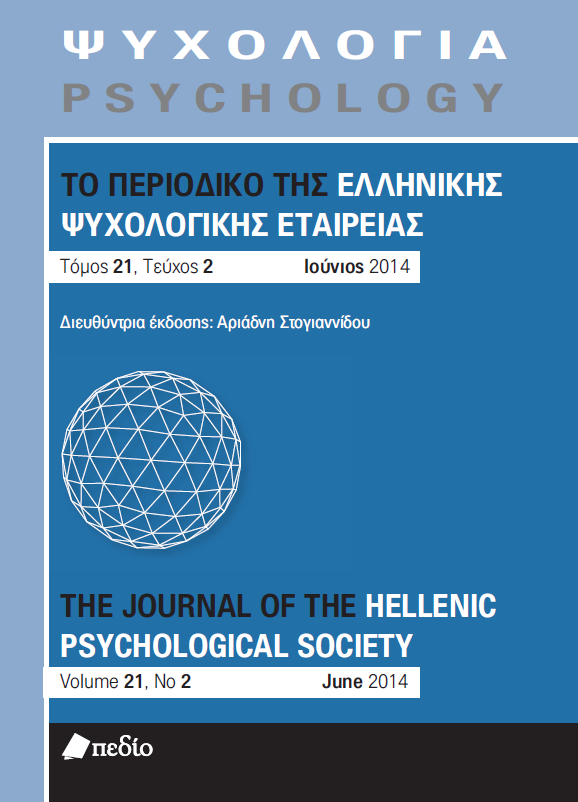Stigma and attitudes toward mental help seeking: the example of military environment

Abstract
The aim of this review is to examine α.the attitudes toward mental help seeking and the willingness to ask for mental help, b. self and public stigma experienced by seeking psychological help, in general population and in particular how all this are experienced by the military personnel. General features for each of the variables are examined, the more often measures are used, the main factors which are involved in the procedure of seeking mental help and correlated with each other, are discussed. Even if military personnel experience psychological problems avoid seeking mental help in order not to confront self and public stigma from seeking psychological help.implications for new research on how the fear toward help seeking could be diminished are discussed.
Article Details
- How to Cite
-
Ιγνατίου Καραμανώλη Β. (2020). Stigma and attitudes toward mental help seeking: the example of military environment. Psychology: The Journal of the Hellenic Psychological Society, 21(2), 202–217. https://doi.org/10.12681/psy_hps.23276
- Issue
- Vol. 21 No. 2 (2014)
- Section
- REVIEWS

This work is licensed under a Creative Commons Attribution-ShareAlike 4.0 International License.
The journal PSYCHOLOGY adopts a Platinum open-access policy. Submission, processing or publication costs are waived by the Hellenic Psychological Society. Papers published in the journal PSYCHOLOGY are licensed under a 'Creative Commons Attribution-ShareAlike 4.0 International' licence. The authors reserve the copyright of their work and grant the journal the right of its first publication. Third-party licensees are allowed to use the published paper immediately after publication as they wish, provided they retain the defined by the license copyright formalities, regarding the reference to its author(s) and its initial publication in the journal PSYCHOLOGY. Moreover, any adjusted work should be shared under the same reuse rights, so with the same CC license.


